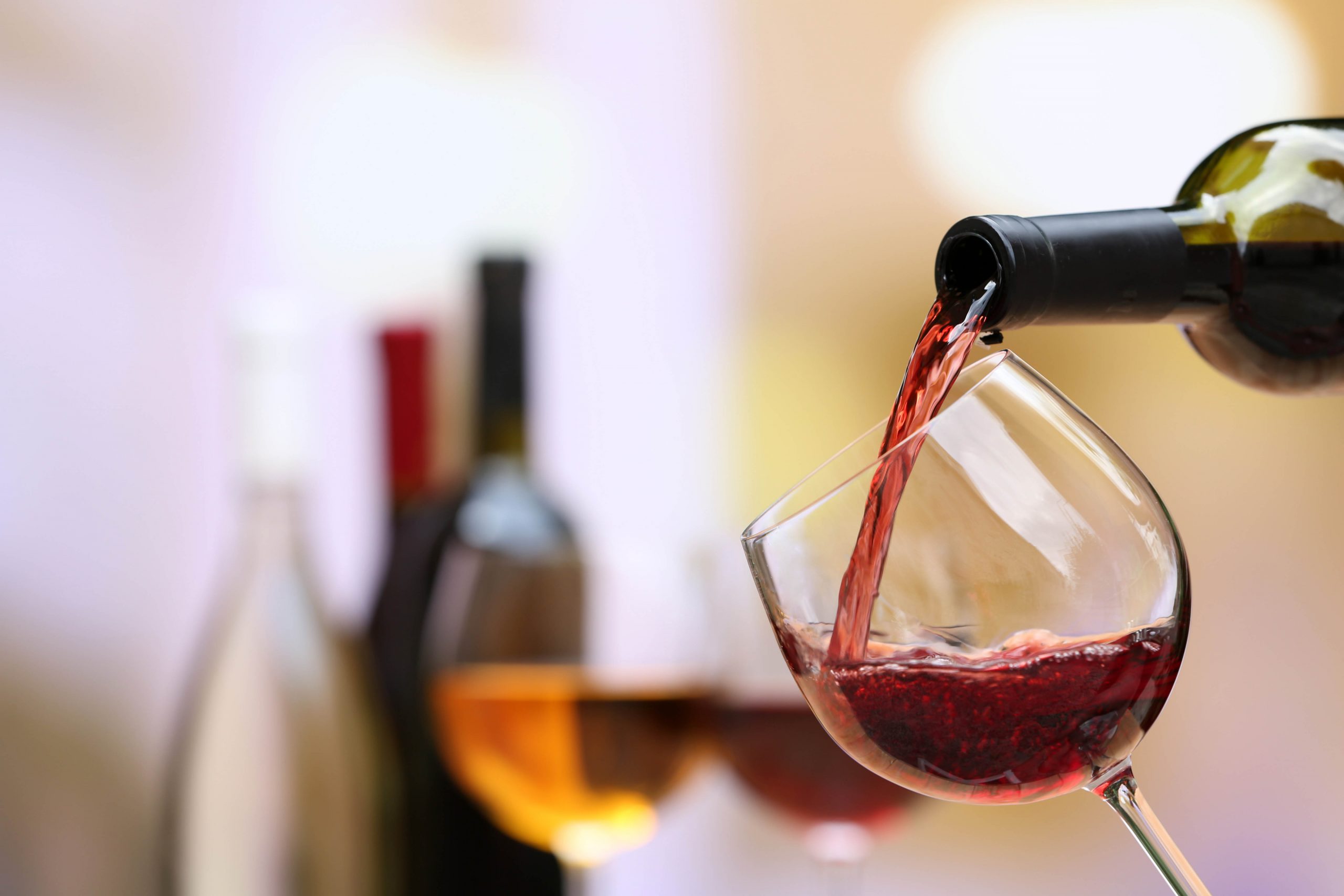

And producing a great food and wine pairing requires a fundamental understanding of both.
With this in mind, when designing a wine list for your beverage program, it’s essential to make selections that are both food-friendly and, of course, complement your bar or restaurant’s specific cuisine. Depending on your establishment type, including wine pairings that compliment the goals of the kitchen will likely be part of your successful drink menu.
The basic rules of food and wine pairing are generally straightforward. By letting the elementary rules act as your guide, you should discover true harmony, no matter how seemingly difficult the pairing challenge.
Let’s take a look at a few of these guidelines.
One of the first, and perhaps most crucial, pairing aspects to consider is weight. Start by examining the relative weight and power of a wine and a dish. A heavy dish will overwhelm a light wine, just like a heavy wine will drown out a light dish.
The whole point, of course, in pairing food and wine is to make each product taste better. If you can’t taste one because the other is overpowering it, you’re defeating the purpose. Heavy and robust dishes are best suited with heavy and robust wines, and conversely, light and delicate dishes work best when paired with light and delicate wines.
Another key guideline to consider when pairing food and wine is nuance.
It’s important to experience the final product of a dish before making a wine selection. Pair the wine not only with the protein, but also the sauce and the additional accompaniments.
It’s also smart to consider the way in which the protein is prepared—If you’re looking at a fish dish, is it sautéed or grilled, poached or raw? If it’s beef you’re considering, is it grilled, rare or well done?
A good red wine and meat pairing is significantly influenced by cooking style and fat content. If a steak is cooked well done, or close to it, most of the fat will have been cooked out and tannins won’t have the fat to cling to, so they won’t be absorbed in the same way they would be with a nicely marbled and less-cooked preparation.
Acid and tannins are the key elements in contrasting fat in a dish—Acid cuts through the fat and the tannins stand up to it.
One of the easiest ways to create a successful food and wine pairing is through mirroring. This involves pairing mutual characteristics of the dish and the wine.
If you have a peppery dish, for example, you may want to emphasize the spicy, peppery qualities and choose a zinfandel or a northern Rhone Syrah. Perhaps you’re looking to pair a wine with butter-poached lobster; in this case, a natural choice would be a rich, buttery Napa Valley Chardonnay. Another “like with like” pairing could be a white wine with a touch of green in it like an Albarinio or Sancerre, or one of a few Greek wines with green foods, such as salads or vegetables.
Let’s look at a few additional guidelines and helpful memorable devices to consider when thinking about the fundamentals food and wine pairing.
Spicy dishes can be tricky to pair wine with because the spiciness isn’t something we taste—it’s something we feel.
The best option for spicy foods is to match them with a slightly sweet wine. The main reason for this is that sweet wines typically have a lower ABV. Alcohol makes spiciness even spicier, so unless you want your guests’ mouths on fire, pairing these dishes with a lower ABV wine is better.
The sweetness in the wine will tame the heat of the dish and bring out more of its flavor. Since spicy dishes irritate the surface of your tongue, and wine tannins can also irritate the surface of your mouth and cause a sense of dryness on the palate, a pairing of this nature will actually make the food hotter and the wine more tannic. So basically, you’ll probably want to steer clear of five-alarm chili with a heavy and tannic Cabernet Sauvignon.
Wine and food roots share the same terroir. If you’re serving a regional dish, why not pair a wine from the same region? They’re made to go together. The same principle is generally true for matching ethnicity of food and wine.
Smoked meats and barbecue pair best with red wines that are full-bodied and heavily oaked.
We hope these fundamental pairing guidelines help you create a successful food and wine pairing for your bar. But do remember: They’re merely guidelines, not hard and fast rules. No two people experience aroma and taste the same way. Each person’s threshold for sweetness, heat or spice, saltiness and bitterness is different. So too are the perceptions of how these flavors react on individual palates.
The truth about food and wine pairing is that most wines go with most foods. Have fun with your pairings, enjoy them and, most importantly, try not to take your pairings too technically or seriously.
For more tips on running a successful beverage program, subscribe to the blog, below.
Need some help with effectively pricing the wine in your beverage program? Let our free drink pricing calculator do the work for you.

